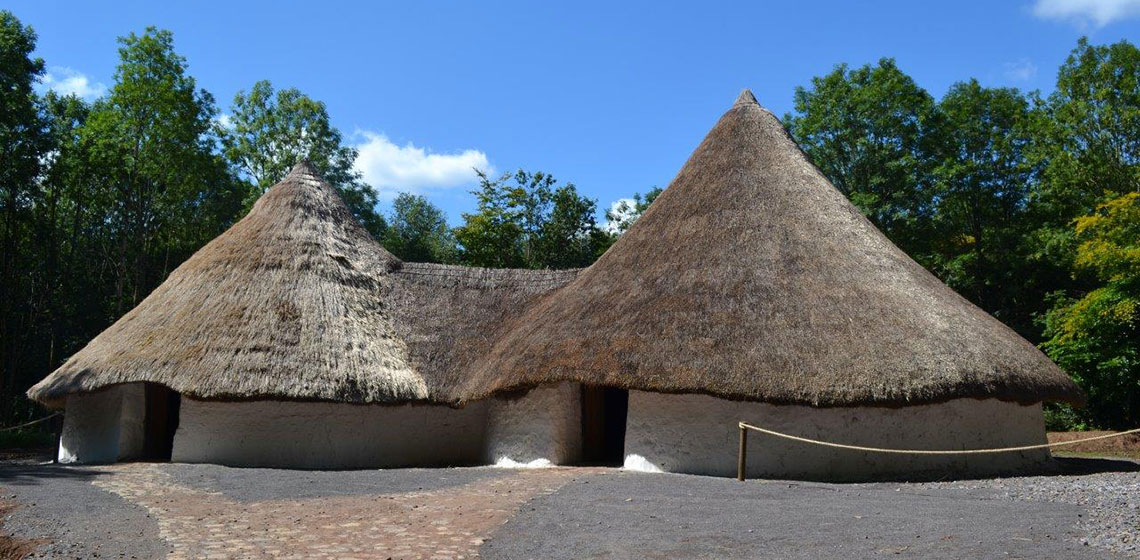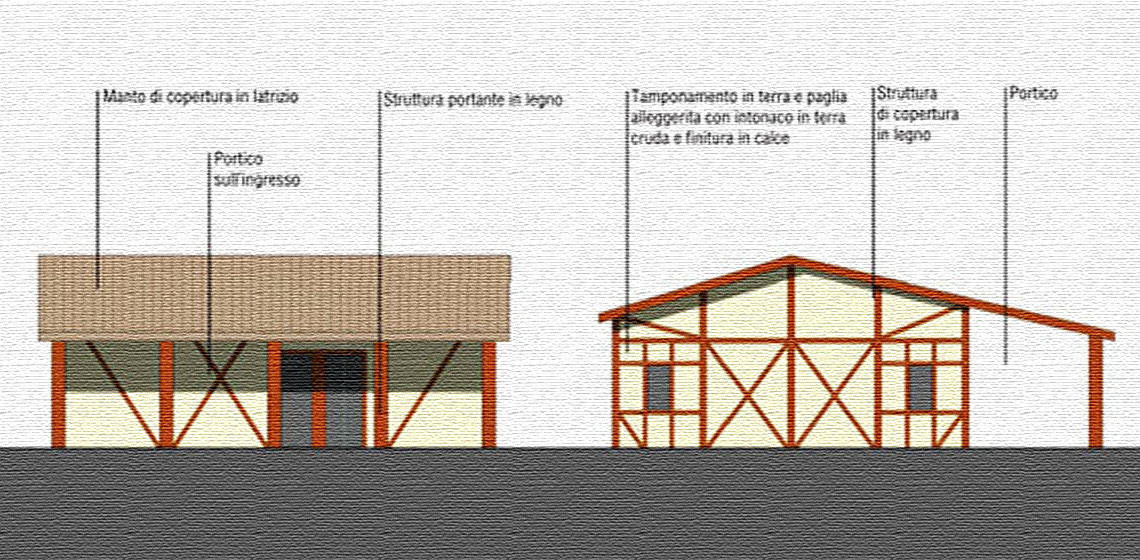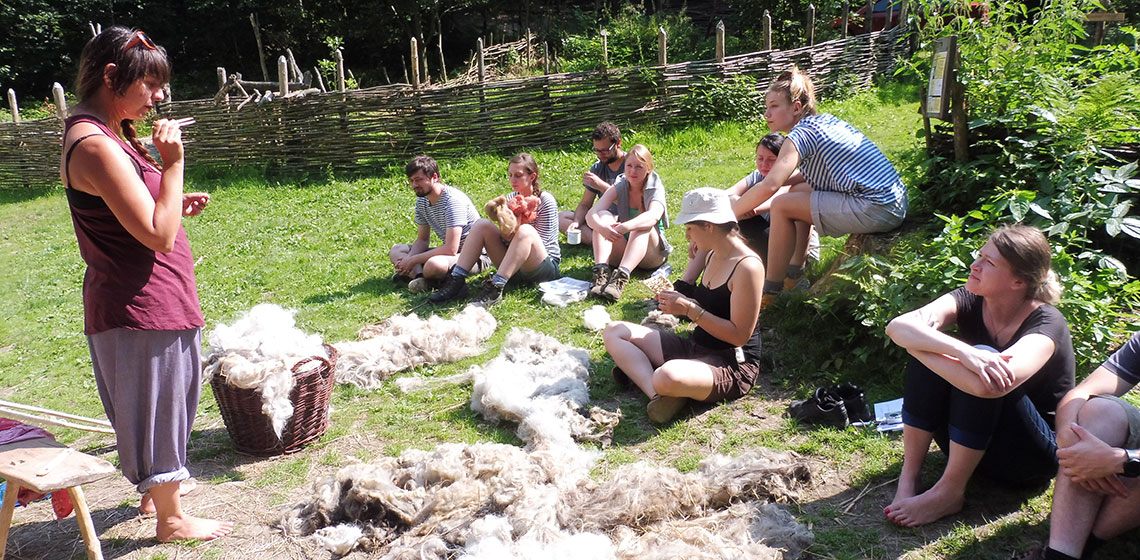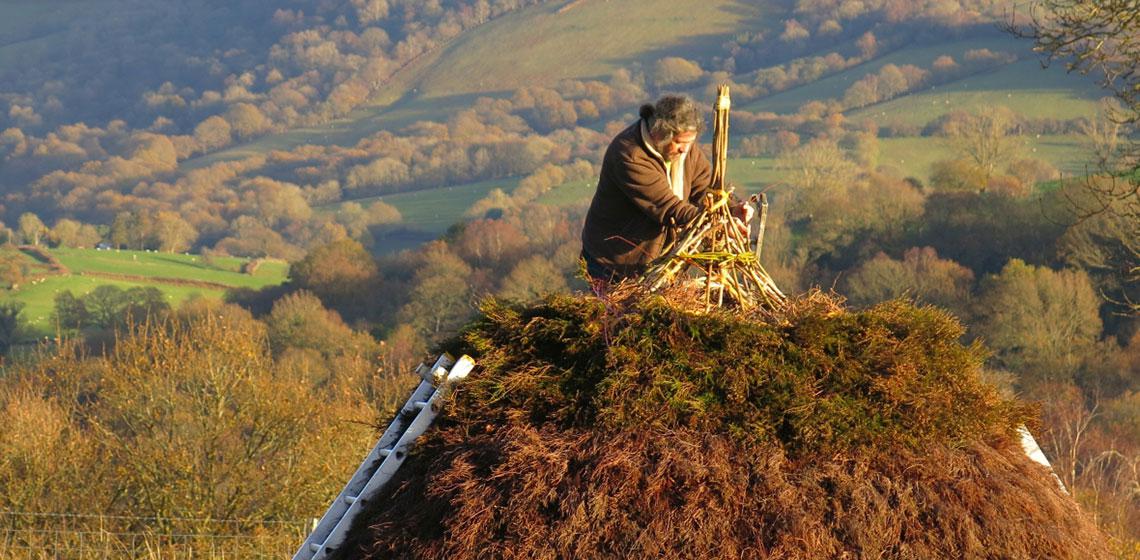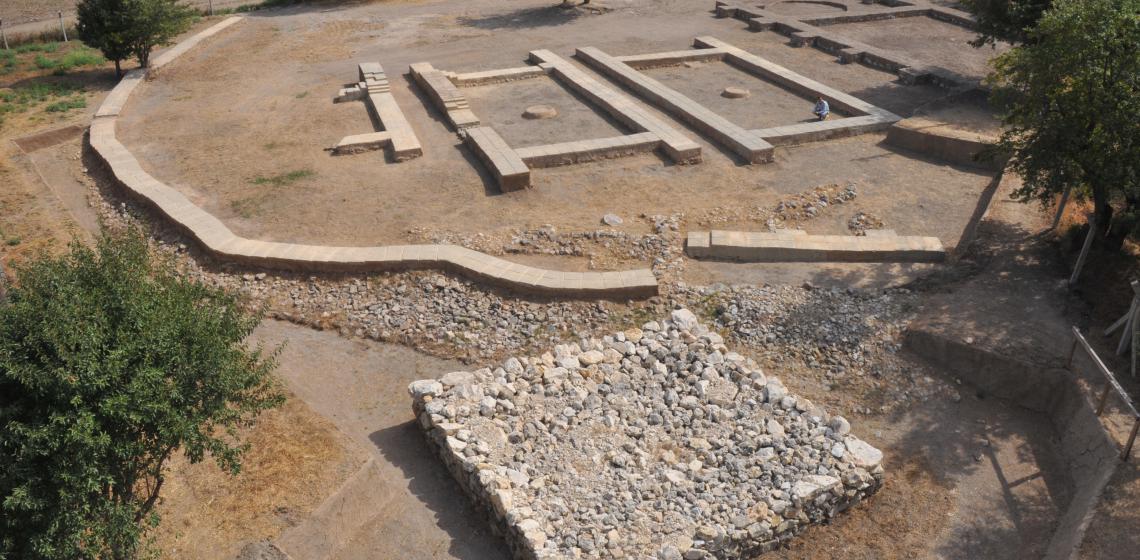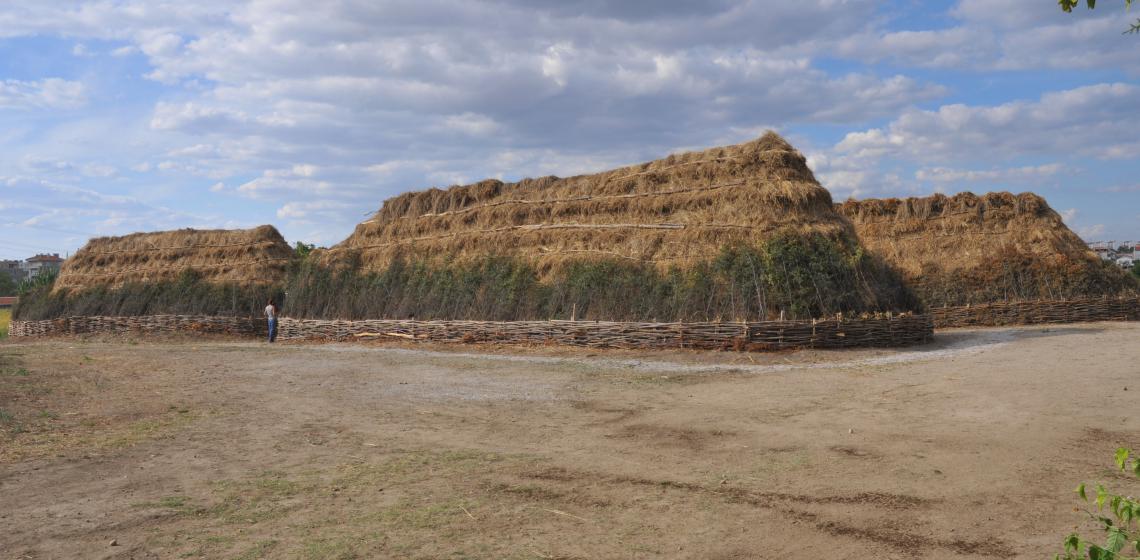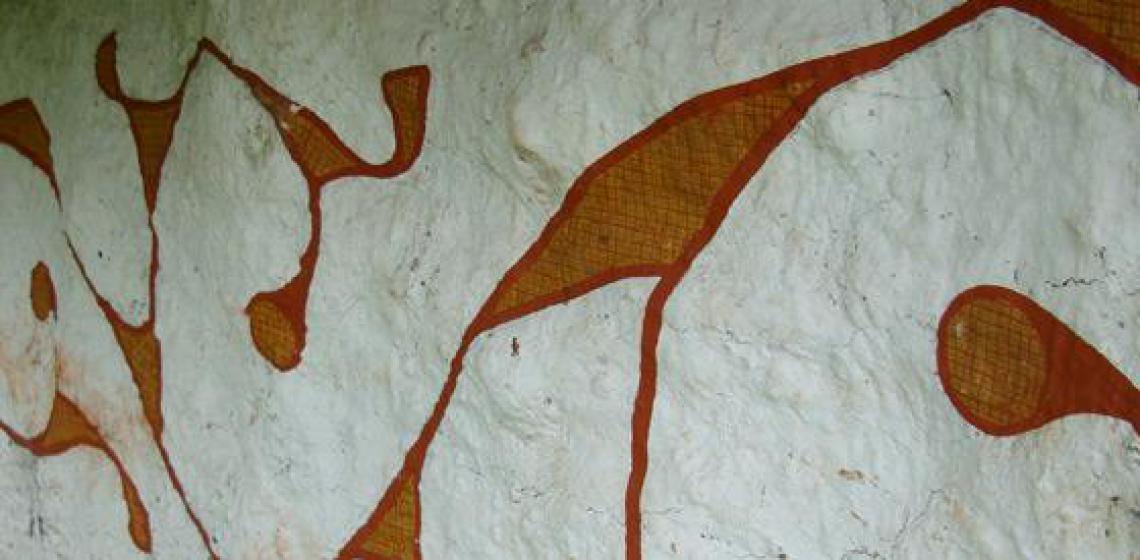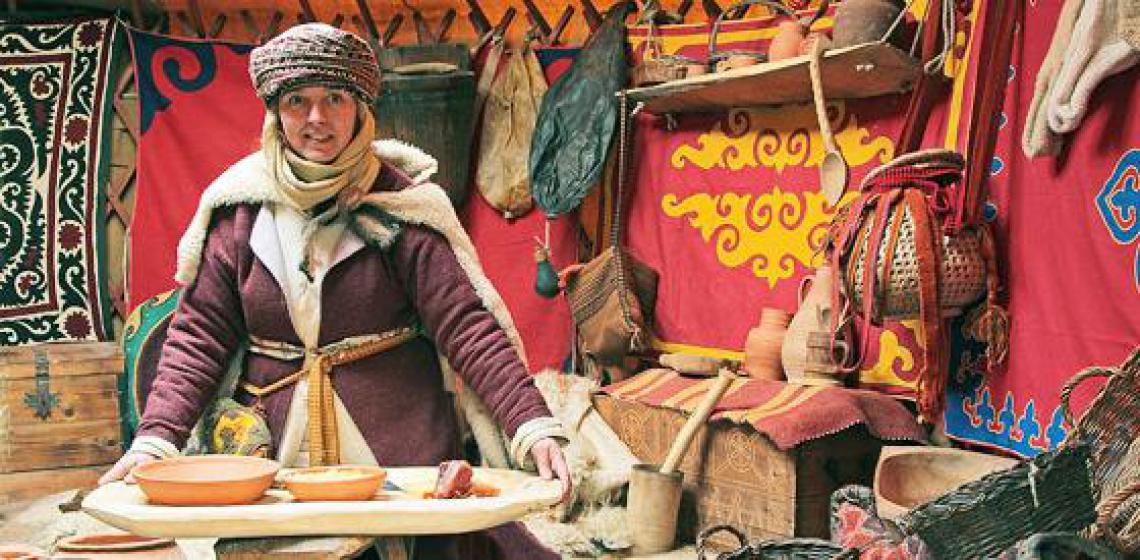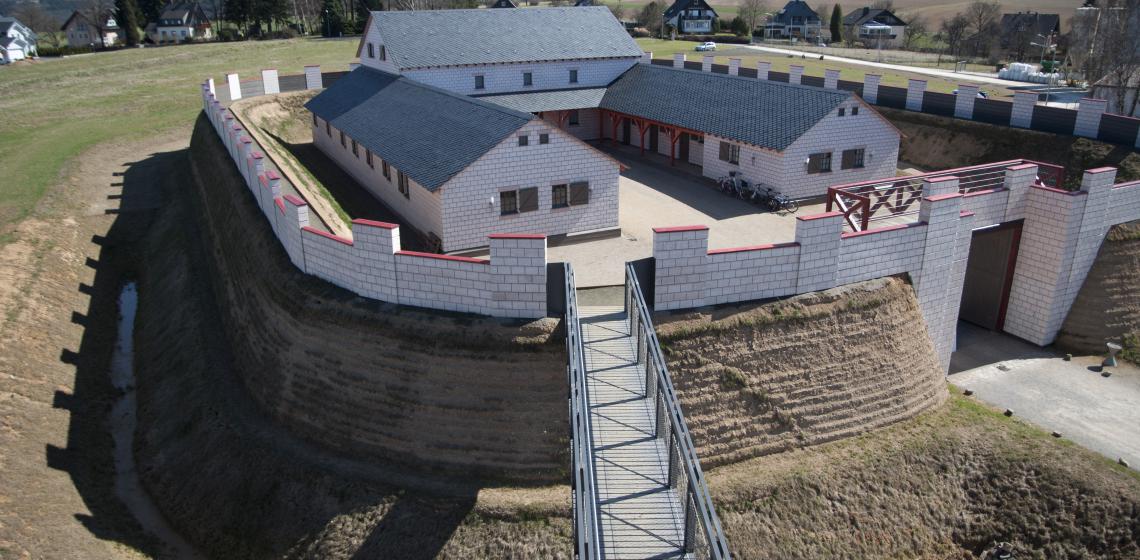Museums as Good Places
It was a bold and challenging brief. The trustees decided to commission two alternative reports. They invited Patrick Geddes, the pioneering biologist, sociologist, environmentalist, social reformer and city planner, to produce one of these, and T. H. Mawson the other. For Geddes, this was an opportunity to bring together his life's work across many disciplines in one visionary scheme. He spent months, with the assistance of a photographer, recording almost every square yard of the city, before submitting his plan.

